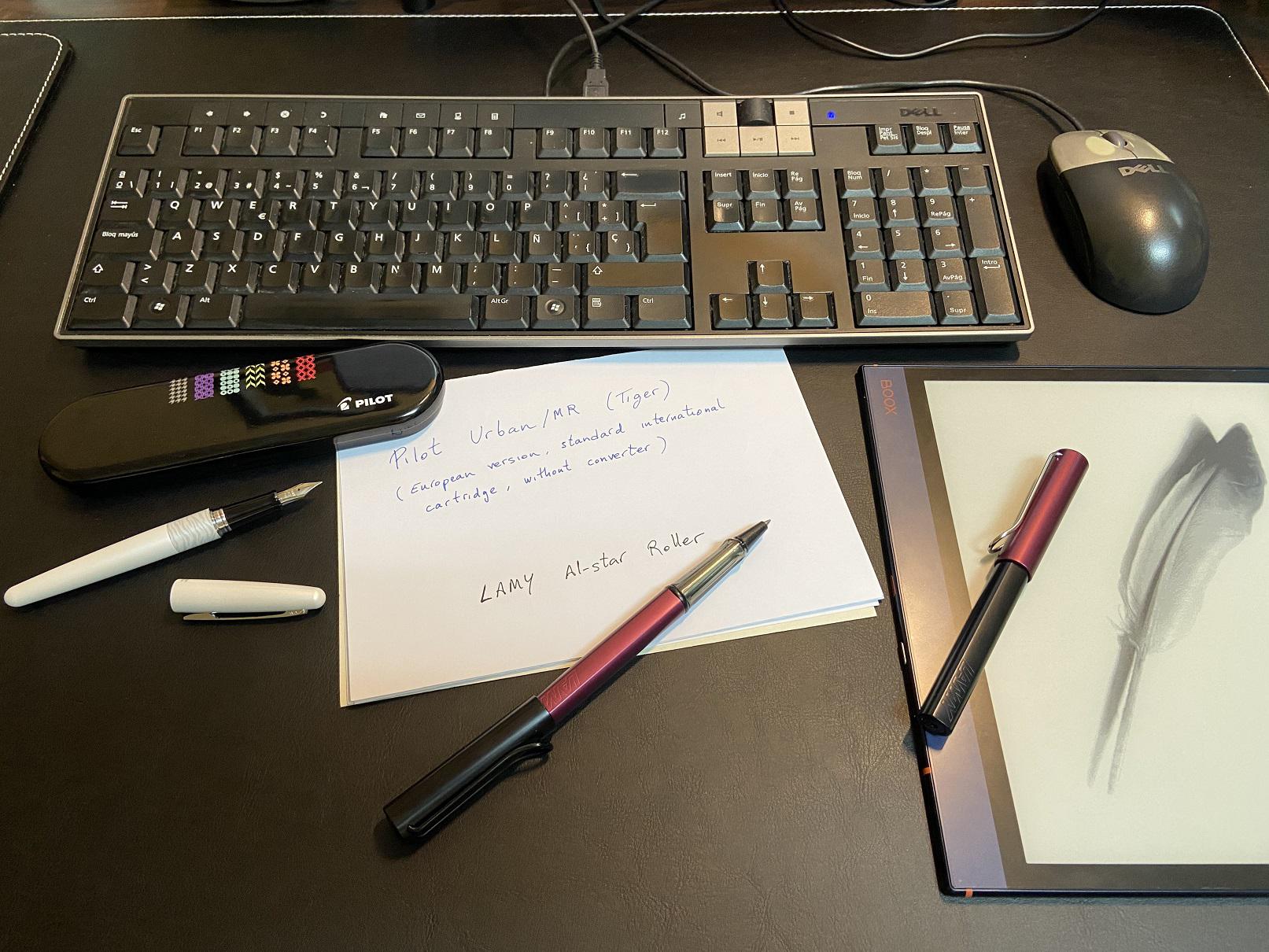The Harvard Business Review conducted a study to determine the impact of the medium you use to make a decision, focusing on decisions that involved a moral component to them.
Over 2,500 people participated in the study to determine if there is a difference in the decision quality when it is made with the aid of a digital table or in paper form.
Guess what? Their findings show that people who use paper make decisions more virtuous than those who use a digital device.
In other words, if someone was contemplating making a charitable donation, those that used paper to read their options and make a selection were significantly more included in giving money to charity. The study findings also showed that a pen and paper makes you much more included in making a healthy menu choice, and you will be more inclined to pick an educational book to read as opposed to something more entertaining.
Okay, that’s what the data says; now, let’s get to the bottom of why. The brainiacs at the Harvard Business Review say that the critical mechanism driving these results is how “real” the decision feels to the person making it.
They ran another concurrent experiment to see if the same results would be achieved when people are making decisions for other people. In this study, the medium had no impact on the effect of their choice.
Here’s more from the conclusions of the study.
“This further supports the idea that people are more likely to select the virtuous option when it feels like the decision reflects who they are as a person, whereas when a decision isn’t related to themselves, the “realness” of the medium makes less of a difference.”
The researchers said that the shift to hybrid and remote work could significantly impact business decision-making.
“If a decision made over Zoom or via an online poll feels less real and thus less representative of who you are than an equivalent in-person interaction, it could have important ramifications for the virtual workplace (though there are no doubt many other factors that contribute to employees’ decision-making in a real-world work setting).”


















Add comment